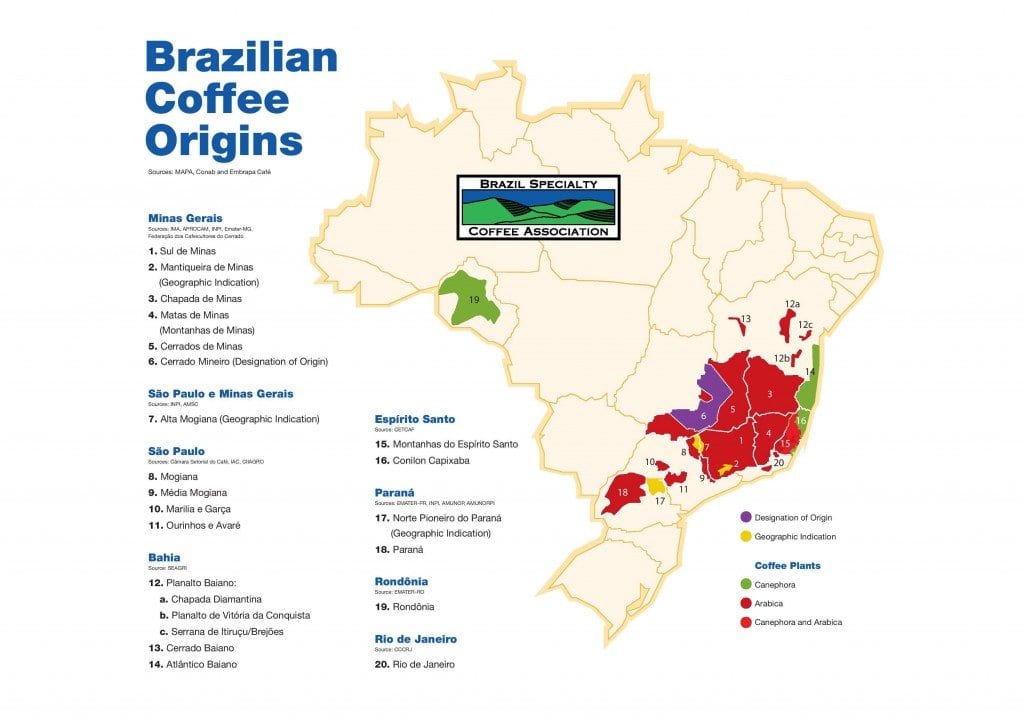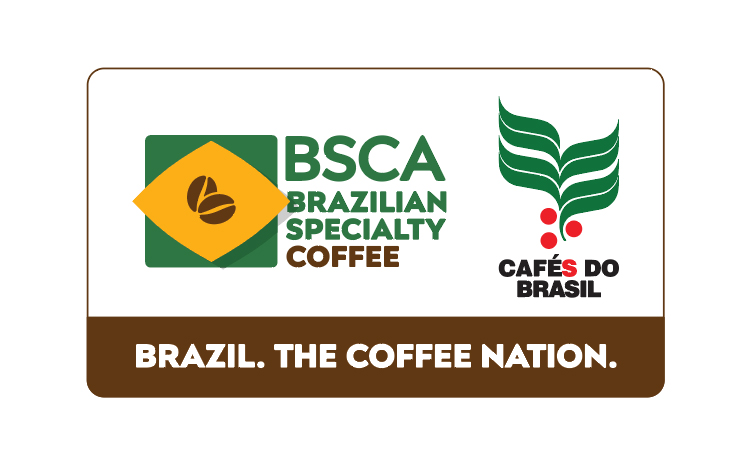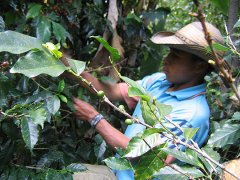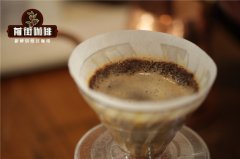Brief introduction of coffee producing country Brazil what are the advantages and disadvantages of historical strip picking of Brazilian coffee beans?
Brazil country profile description:
Area-8515770 square kilometers
Capital-Brasilia
Major port city-Port Santos
Population-205823665 (July 2016)
Languages spoken-Portuguese (official), German, some Spanish, various American Indian languages, English
About coffee:
Population involved in coffee-about 360000 farmers / permanent farm workers
Typical farm size-0.5 ha-10000 ha
Bags exported each year-450,000-6000 million bags
Coffee profile:
Growing areas-Bahia, Esp í rito Santo, Minas Gerais (including Karl Maud Minas, Sierra Domino and South Minas), South Buco, Parana, San Janeiro, Sao Paulo (including Mogiana),
Common varieties-bourbon (including yellow bourbon), Catimor, Catuai, Caturra, Maragogype, Typica
Processing methods-pulping natural, natural, water washing (less common)
Bag size-59me 60kg
Harvest time-April to September, October to December (Esp í rito Santo)
Typical arrival time-October to January, February to March (Esp í rito Santo)

Coffee History:
It is hard to imagine the "beginning" of coffee in Brazil, because these two things have become synonymous. It is reported that the first coffee plants were introduced in the relatively early 18th century, spreading from the northern state of Para to Rio de Janeiro in 1727, less than 50 years ago. At first, coffee cultivation was almost entirely the domestic consumption of European colonists, but as demand for coffee in the United States and continental Europe began to increase in the mid-19th century, coffee supply in other parts of the world began to decline: a major outbreak of coffee leaf rust nearly destroyed coffee-growing powers in Java and Ceylon and created opportunities for the booming coffee industry in Central and South America.
In 1820, Brazil had produced 30% of the world's coffee supply, but by 1920, it accounted for 80% of the world's total.
Since the 19th century, the weather in Brazil has been one of the most active topics discussed by traders and brokers and the main determinant of global market trends and pricing in the coffee commodity market. Frost and heavy rains have led to an increase and decline in coffee production over the past few decades, but the country has become one of the two largest coffee producers every year, along with Colombia.
Another interesting thing Brazil does for global coffee is the number of varieties, mutant hybrids and cultivated varieties created here, either naturally or in the laboratory. Caturra (a dwarf mutant of the bourbon variety), Maragogype (an oversized derivative of Typica) and Mundo Novo (a Bourbon-Typica, also a parent of Catuai, developed by Brazilian agricultural scientists) are just a seemingly endless number of coffee types that originated in Brazil and are now spreading among coffee-growing countries around the world.
Selection and processing of coffee:

In order to maintain Brazil's famous scale and scope of production, national industry has adopted specific and to some extent innovative means to achieve picking and processing in as efficient and organized manner as possible, the design of average structured farms or estates revolves around the use of these systems and maximize yield potential per hectare.
Whether mechanical or manual, strip picking is one of the common efficiencies of farms of all sizes in Brazil: unlike the typical labour-intensive selective picking in other coffee producing areas in the Americas, coffee is picked in a way that is less discriminating against cherries one by one, but sorted by maturity after a more general collection. In some cases, pickers use towels, tarpaulins and / or thick gloves to simply pick cherries from branches during peak harvest and collect them in baskets, buckets or sacks and cloth bags. Elsewhere, on larger farms, coffee trees are lined up, more like cornfields in Iowa than in the forests of Ethiopia or Colombia: mechanical pickers will pass through and shake the trees. this loosens ripe cherries so that they can be collected and sorted.
Although these methods have attracted some criticism from the professional coffee community, they have enabled Brazil to maintain its position as a source of huge quantities and, in many cases, to give some classic Brazilian images, nuts and thick coffee cherry flavors that are considered to be rich in chocolate.
When it comes to pulp, Brazil's postharvest processing is also somewhat unique and largely adjusted to a combination of productivity, climate and desired characteristics: Pulped Natural and Natural processing still dominate the industry: Pulped Natural coffee is stripped and dried, and the mucus remains intact. Naturals is usually either dried on trees before harvest (called Burson), or picked and placed on the patio to dry before shelling. Both processes tend to give coffee a nutty creamy flavor, with a milder fruit hue than the bright and acidic washed coffee or even honey coffee we see in other parts of Central America. Natural coffee cafes from Brazil are imported from "special preparation", picked ripe and dried on the terrace to meet the specifications.
Important Notice :
前街咖啡 FrontStreet Coffee has moved to new addredd:
FrontStreet Coffee Address: 315,Donghua East Road,GuangZhou
Tel:020 38364473
- Prev

Production and consumption of coffee beans in Nigeria increases exports of Arabica Carobusan coffee beans
Nigeria Coffee beans Coffee production and consumption in Nigeria have been increasing. Coffee consumption in Nigeria increased by 5 per cent in 2010, in part because of the increase in Nestl é mobile kiosks and the 37 per cent market share of the instant coffee industry. Nestle Coffee products for Nigeria are produced in Ivory Coast and distributed to various parts of West Africa. Nestle owns it in Nigeria.
- Next

What is a coffee nap? The effect of coffee nap? Don't take a coffee break for more than 20 minutes?
Coffee the science behind the nap Coffee is a stimulant. When you drink coffee or anything that contains caffeine, it is absorbed through the small intestine and into the bloodstream. Caffeine is both water-soluble and fat-soluble. It dissolves in your blood and cell membranes. These properties cause caffeine to penetrate the blood-brain barrier and enter your brain. Once in the brain, caffeine is located in the glands
Related
- Detailed explanation of Jadeite planting Land in Panamanian Jadeite Manor introduction to the grading system of Jadeite competitive bidding, Red bid, Green bid and Rose Summer
- Story of Coffee planting in Brenka region of Costa Rica Stonehenge Manor anaerobic heavy honey treatment of flavor mouth
- What's on the barrel of Blue Mountain Coffee beans?
- Can American coffee also pull flowers? How to use hot American style to pull out a good-looking pattern?
- Can you make a cold extract with coffee beans? What is the right proportion for cold-extracted coffee formula?
- Indonesian PWN Gold Mandrine Coffee Origin Features Flavor How to Chong? Mandolin coffee is American.
- A brief introduction to the flavor characteristics of Brazilian yellow bourbon coffee beans
- What is the effect of different water quality on the flavor of cold-extracted coffee? What kind of water is best for brewing coffee?
- Why do you think of Rose Summer whenever you mention Panamanian coffee?
- Introduction to the characteristics of authentic blue mountain coffee bean producing areas? What is the CIB Coffee Authority in Jamaica?

